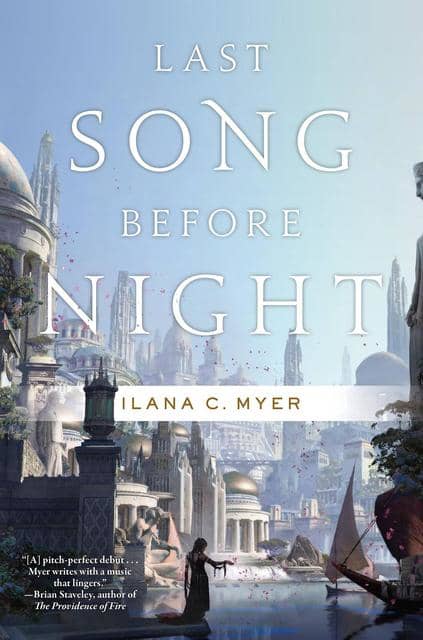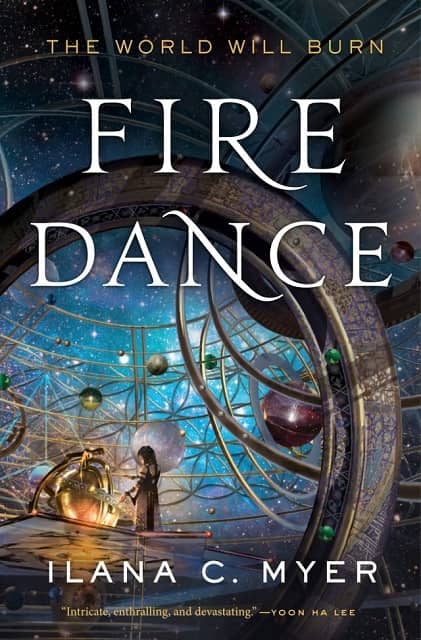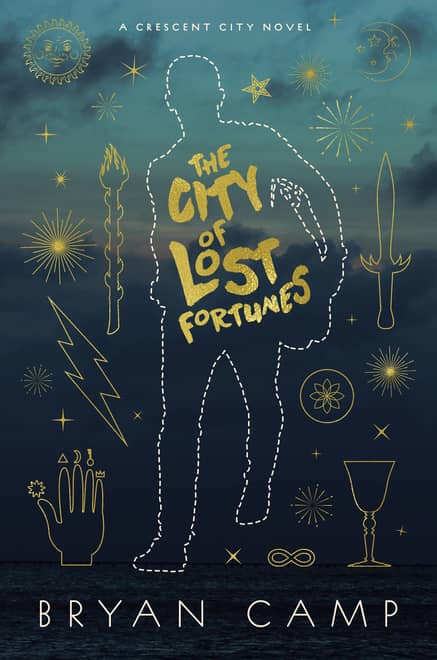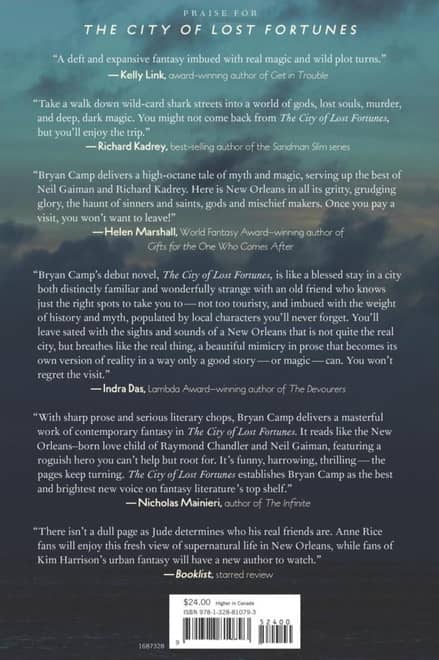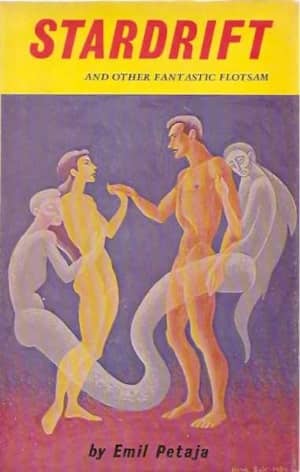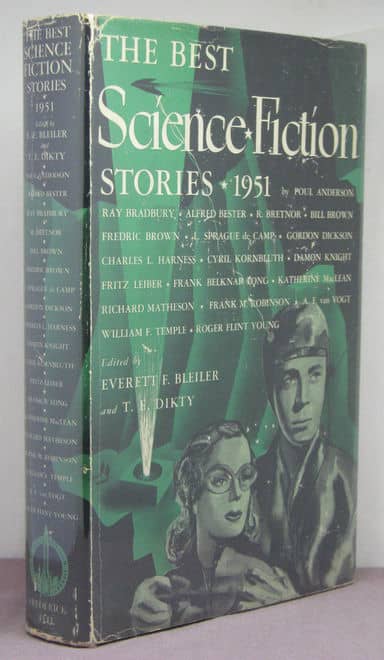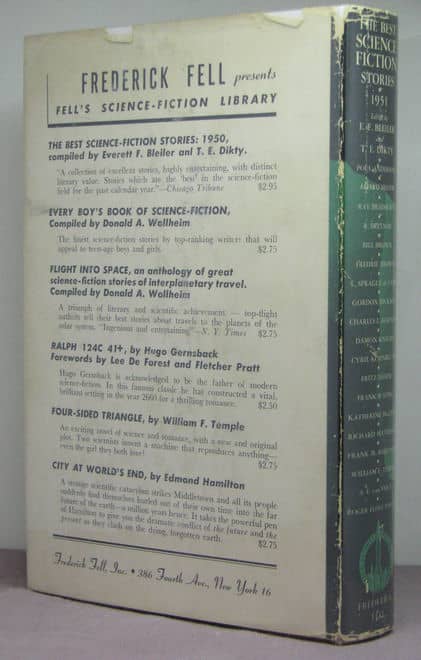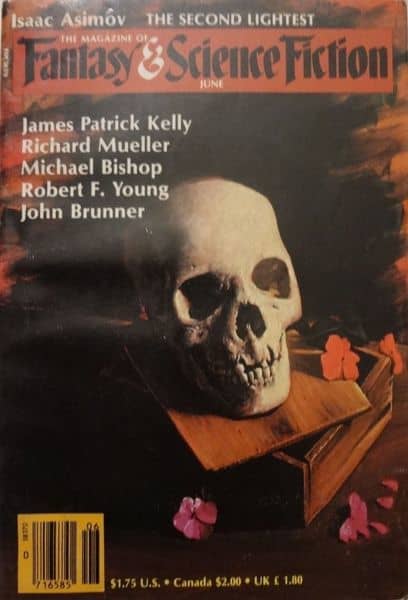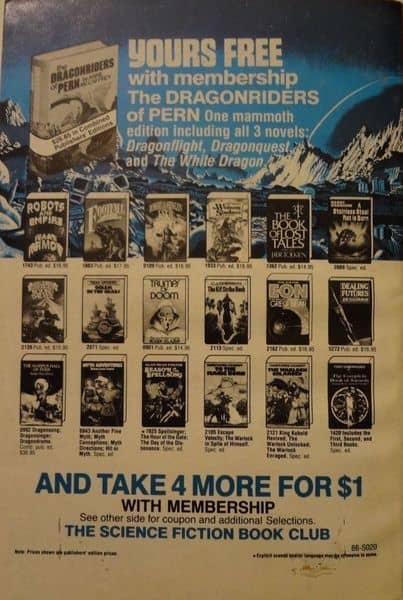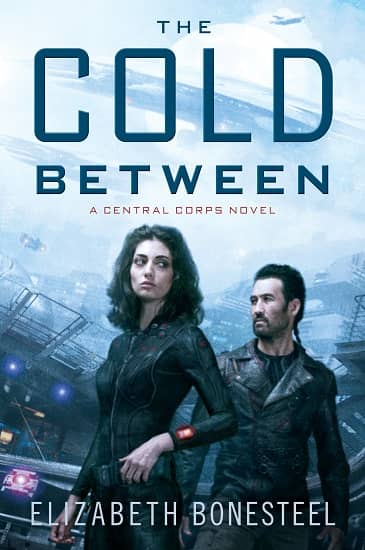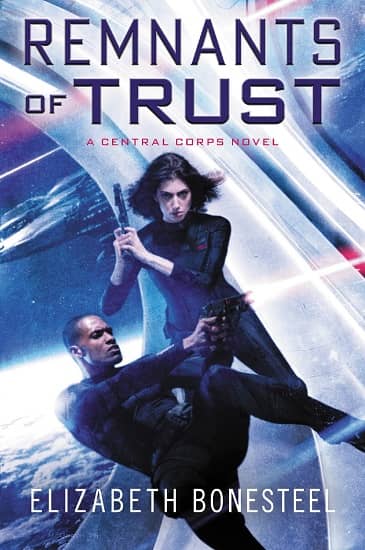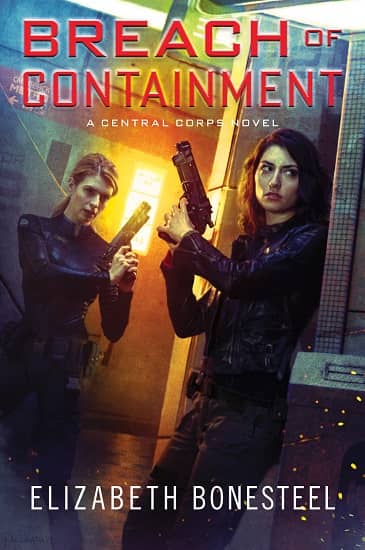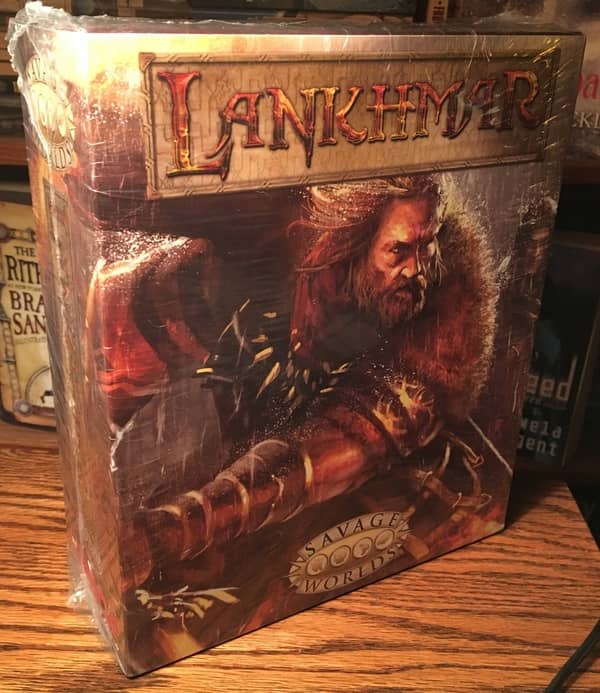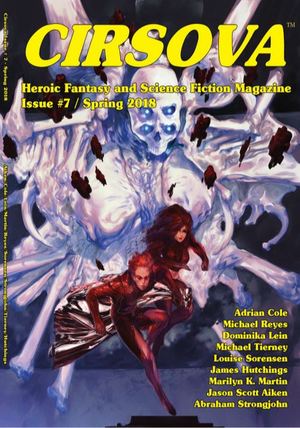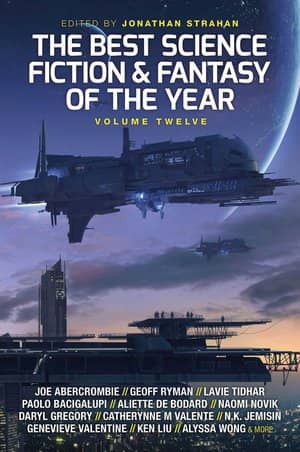 I recently discovered the Coode Street Podcast, hosted by editor Jonathan Strahan and Chicago Tribune critic Gary K. Wolfe, and have been thoroughly enjoying it. They discuss a wide variety of topics of interest to SF and fantasy readers every week — everything from the Hugo nominations, the best debuts of the year, art in science fiction, Ursula K. Le Guin, conventions, upcoming releases, and so much more — and they’re both so articulate and knowledgeable, and so darn enthusiastic, that you can’t help coming away from each hour-long conversation with a lengthy list of brand new books you just have to check out.
I recently discovered the Coode Street Podcast, hosted by editor Jonathan Strahan and Chicago Tribune critic Gary K. Wolfe, and have been thoroughly enjoying it. They discuss a wide variety of topics of interest to SF and fantasy readers every week — everything from the Hugo nominations, the best debuts of the year, art in science fiction, Ursula K. Le Guin, conventions, upcoming releases, and so much more — and they’re both so articulate and knowledgeable, and so darn enthusiastic, that you can’t help coming away from each hour-long conversation with a lengthy list of brand new books you just have to check out.
I feel the same way about Jonathan Strahan’s annual Best Science Fiction of the Year. The latest volume makes it an even dozen, and each one has helped me discover a handful of delightful new authors. It’s a book I cherish every year, and this one — with stories by Samuel R. Delany, Yoon Ha Lee, Caroline M. Yoachim, Rich Larson, Indrapramit Das, Charlie Jane Anders, Linda Nagata, Theodora Goss, Greg Egan, Mary Robinette Kowal, Scott Lynch, Maureen McHugh, Alastair Reynolds, Karl Schroeder, Kai Ashante Wilson, and our very own C.S.E. Cooney — looks even more stellar than most.
It arrives in trade paperback from Solaris next week. Here’s the Table of Contents.
“The Mocking Tower,” Daniel Abraham (The Book of Swords)
“Don’t Press Charges and I Won’t Sue,” Charlie Jane Anders (Boston Review)
“Probably Still the Chosen One,” Kelly Barnhill (Lightspeed)
“My English Name,” R. S. Benedict (The Magazine of Fantasy & Science Fiction)
“Zen and the Art of Starship Maintenance,” Tobias Buckell (Cosmic Powers)
“Though She Be But Little,” C.S.E. Cooney (Uncanny)
“The Moon is Not a Battlefield,” Indrapramit Das (Infinity Wars)
“The Hermit of Houston,” Samuel R. Delany (The Magazine of Fantasy & Science Fiction)
“The Discrete Charm of the Turing Machine,” Greg Egan (Asimov’s Science Fiction)
“Crispin’s Model,” Max Gladstone (Tor.com)
“Come See the Living Dryad,” Theodora Goss (Tor.com)
…
Read More Read More
